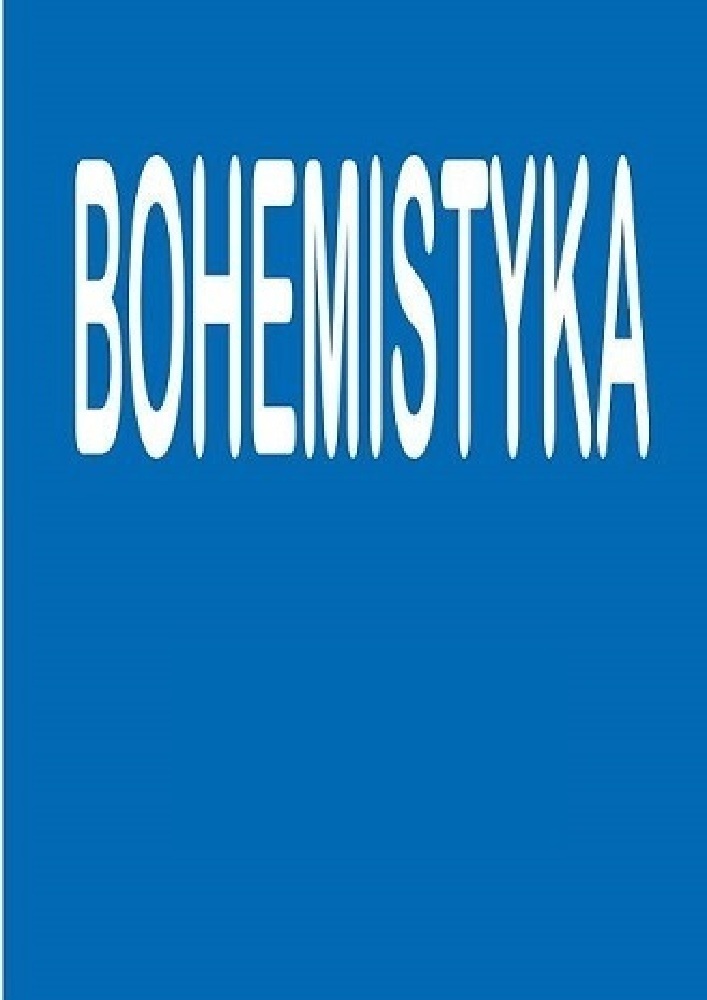Abstract
The main goal of the paper is to present the representation of Slavic stereotypes in the publication The Painted Bird by Jerzy Kosiński. Slavic stereotypes, which are part of the mentioned artistic narrative, are divided into six areas: 1) Diseases and their treatment, 2) How many years do I have left?, 3) Evil spirits, 4) Elements, 5) The cycle of nature, 6) Christians versus Jews. Each area of stereotypes is documented by quotations from the
Kosiński ́s narrative. Although the novel is classified primarily as a literary text with the Second World War theme, the war conflict does not form themain storyline, but forms a basis through which to develop general human themes,
multiculturalism, multiethnicity or different perceptions of axiological, moral and ethical values and their position on the hierarchical ladder of individuals, through the presentation of selected Slavic stereotypes.
References
Bohn T. M., 2020, Bagpipe Players and Painted Birds: Some Reflections on Writing the History of the People in the Marshes from a German Perspective. Journal of Belarusian Studies, 10(1), 32–43.
Carpenter Ch. D., 2017, A Re-Appropriation of Jerzy Kosinski ́s Moral Universe in Light of Emmanuel Levinas ́ Ethical Demand for the Stranger. Dallas: The University of Texas. Online: https://utdir.tdl.org/bitstream/handle/10735.1/5962/ETD-5608-035-CARPENTER-8149-20.pdf?sequence=5&isAllowed=y.
Conner M., 2017, The Anti-Human Condition: Violence, Identity, and Coming-of-Age in The Painted Bird. Undergraduate Student Research Awards. Undergraduate Student Research Awards, 35. Online: https://digitalcommons.trinity.edu/infolit_usra/35.
Epp E. J., 2020, The Jews and the Jewish Community in Oxyrhynchus: Socio-Religious Context for the New Testament Papyri. „Perspectives on New Testament Textual Criticism”, 2 3–40.
Groppo P., 2021, Death Games and the Persistence of Memory: JG Ballard’s World War II Fictions. „Ilha do Desterro”, 74(1), 129–146.
Hébert V., 2020, The Problem of Human Rights after the Holocaust. In S. Gigliotti, H. Earl (eds.), A Companion to the Holocaust. New York: John Wiley & Sons Ltd., s. 553–575.
Hopfinger M., 2021, We Are All Witnesses. Instead of an Introduction. In M. Hopfinger & T. Żukowski (eds.), The Holocaust Bystander in Polish Culture, 1942–2015 ). Cham: Palgrave Macmillan, s. 1–39.
Kosiński J. N., 2019, Nabarvené ptáče. Praha: Argo.
Mašát M., 2021, Representation of Selected Aspects of World War II and Their Influence on Personality Transformation in the Book Painted Bird by Jerzy Kosiński. Linguistics and Literature Studies, 9(3), 84–90.
Shpylova-Saeed N., 2019, Speaking Silence in Jerzy Kosiński ́s Painted Bird. Pennsylvania Literary Journal, 11(1), 169–184.
Stroup Ch., 2020, The Christians Who Became Jews: Acts of the Apostles and Ethnicity in the Roman City. Yale: University Press.
License
Copyright (c) 2022 Milan Mašát

This work is licensed under a Creative Commons Attribution-NonCommercial-NoDerivatives 4.0 International License.




